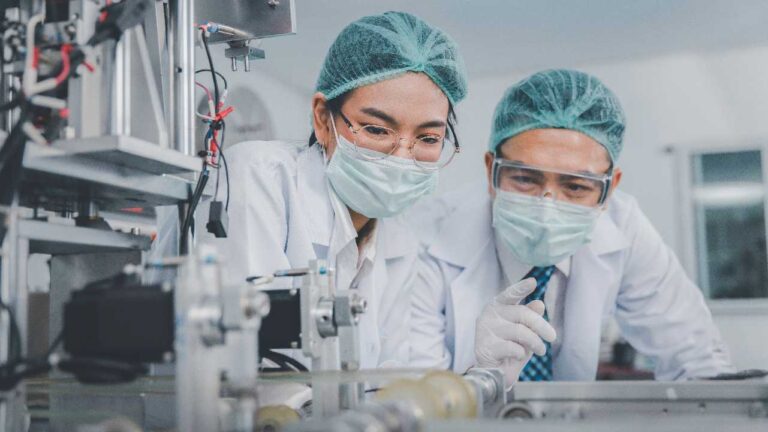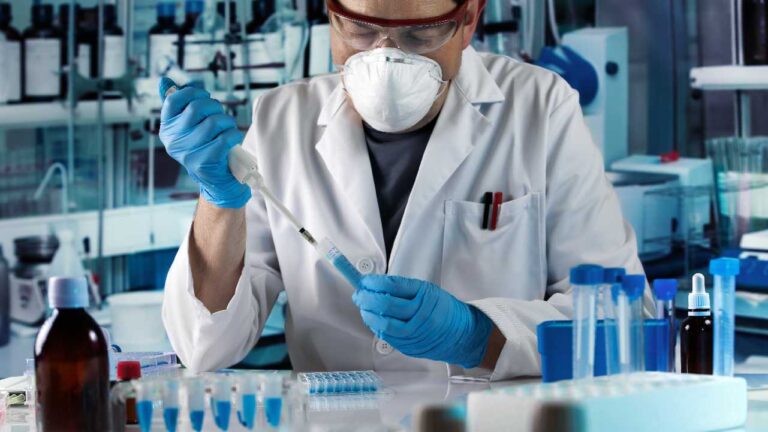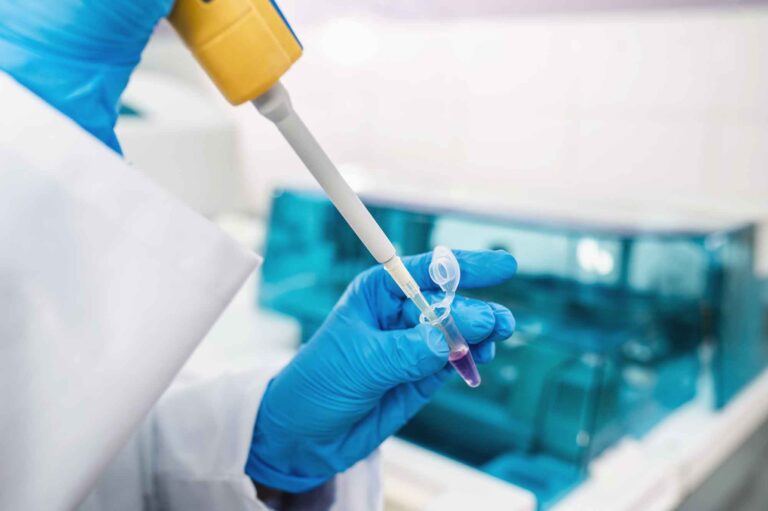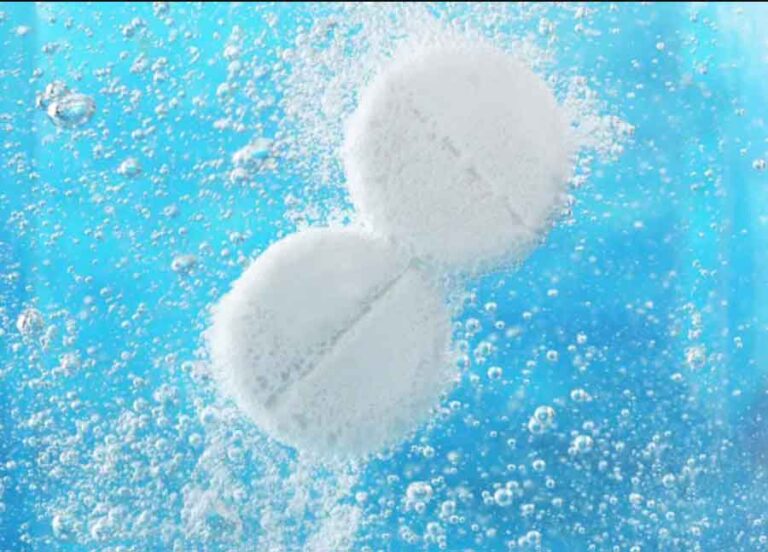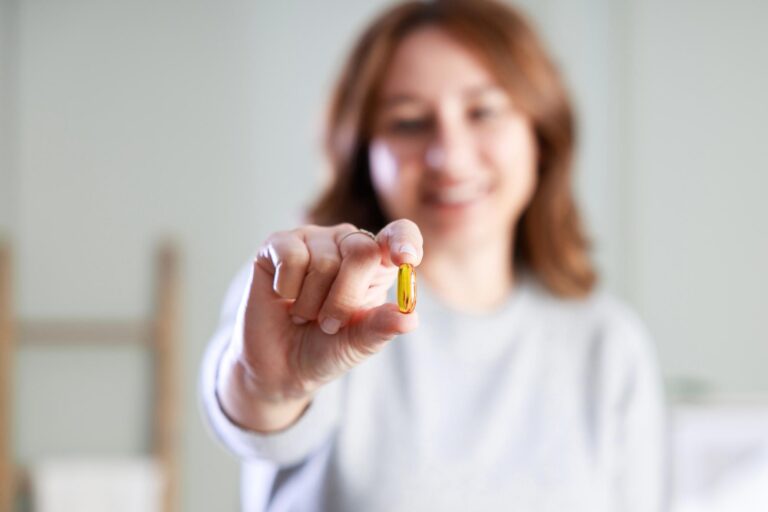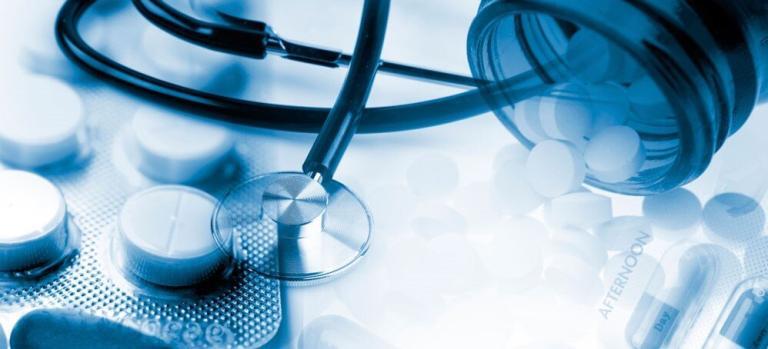By transitioning from traditional micronized particles to our advanced nanonized forms, you can achieve a remarkable increase in surface area—up to twenty-fold. This significant enhancement in surface area directly translates to a faster rate of dissolution, enabling significant improvements in bioavailability. Nanoparticles range from 1 to 100 nanometers in size. They can be designed to carry therapeutic agents and protect them from degradation, enhance absorption into the bloodstream, and deliver them directly to the site of action. Nanoparticles can be made from a variety of materials, including lipids, polymers, and metals, each offering distinct advantages in drug formulation.
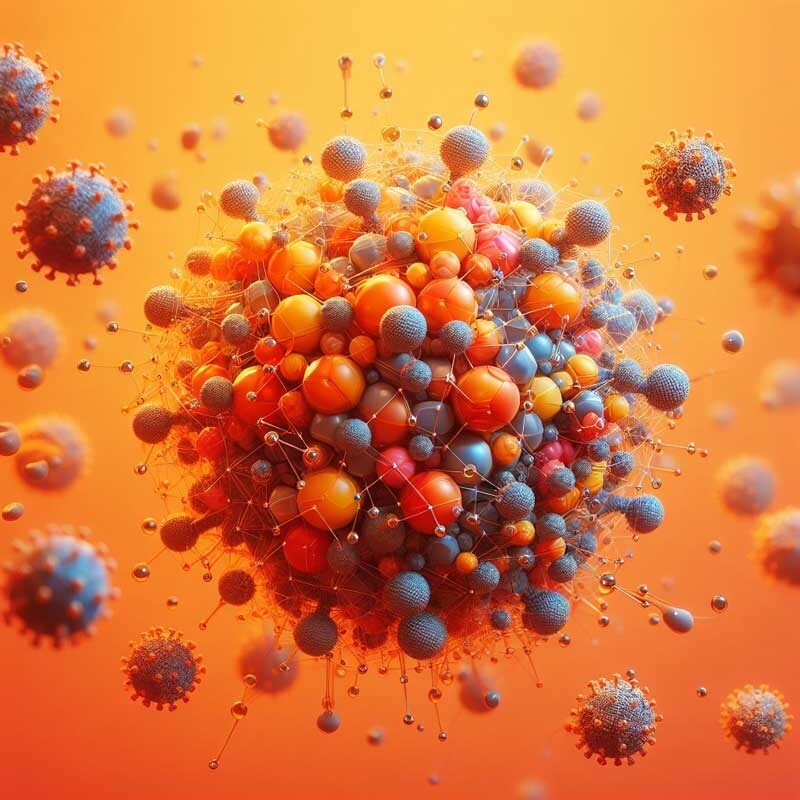
Nanoparticle Formulation Expertise
Precision Engineering:
- Our scientists synthesize uniform nanoparticles with precise control over size distribution, ensuring consistent bioavailability and therapeutic effect.
- We apply surface engineering techniques to enhance mucoadhesion, cellular uptake, and targeted delivery to specific tissues or cells.
Enhanced Analytical Profiling:
- We utilize advanced spectroscopy and chromatography techniques for in-depth analysis of nanoparticle-drug interactions and stability.
- Our analytical scientists implement accelerated stability studies to predict the shelf-life of nanoparticle formulations.
- Utilization of TEM, SEM, AFM, and DLS for detailed nanoparticle analysis
- Sophisticated in vitro assays to assess stability, release kinetics, and bio-distribution
Robust Production Techniques:
- Our manufacturing engineers adopt microfluidics and high-pressure homogenization, and milling for the production of nanoparticles, ensuring scalability and reproducibility.
Advantages of Nanoparticles
Nanoparticles significantly enhance the delivery and performance of small molecule drugs in both oral and topical forms, offering solutions to common challenges in drug formulation and patient treatment. They are a key technology in modern pharmaceutical development, providing more effective and patient-friendly medication options.
Advantages of Nanoparticles for Small Molecules in Oral Dosage Forms
Improved Solubility and Bioavailability: Nanoparticles enhance the solubility of drugs with poor water solubility, leading to increased bioavailability. This is crucial for oral dosage forms, where the drug must dissolve in the gastrointestinal fluids before absorption.
Enhanced Absorption: The small size of nanoparticles allows them to traverse biological barriers more effectively, improving the absorption of small molecule drugs in the gastrointestinal tract.
Targeted Delivery: Nanoparticles can be engineered to target specific cells or tissues, reducing off-target effects and improving the therapeutic index of oral medications.
Controlled Release: By controlling the release rate of the drug, nanoparticles can maintain therapeutic drug levels in the bloodstream for extended periods, reducing the frequency of dosing.
Protection from Degradation: Nanoparticles can protect the encapsulated drug from the acidic environment of the stomach and enzymatic degradation, ensuring that a larger amount of the active drug reaches the bloodstream.
Advantages of Nanoparticles for Small Molecules in Topicals
Deeper Skin Penetration: Nanoparticles can penetrate the skin more deeply than larger particles, which can be beneficial for delivering drugs through the skin in topical applications.
Sustained Drug Release: Nanoparticles used in topicals can release the drug slowly over time, providing a sustained therapeutic effect and potentially reducing the application frequency.
Improved Stability: Nanoparticles can stabilize volatile or sensitive drug compounds in topical formulations, extending the product’s shelf life.
Enhanced Texture: Nanoparticles can improve the sensory attributes of topical products, making them more appealing and comfortable to use, which can increase patient adherence to treatment.
UV Protection: For topical products like sunscreens, nanoparticles can provide effective protection against UV radiation without leaving a white residue on the skin, enhancing cosmetic acceptability.
Nanoparticle Technology Platforms
Nanocrystals: Our formulators are specialized in wet milling and high-pressure homogenization techniques to produce nanocrystals with enhanced dissolution properties.
Lipid-Based Nanocarriers: We have expertise in the formulation of lipid-based nanocarriers, including liposomes and solid lipid nanoparticles, for improved drug solubility and targeted delivery. Dissolution of poorly soluble drugs can be further improved by formulating the nano-particle as a homogenous mixture of the drug and a lipophilic excipient. By combining the drug with a lipid carrier, the energy required for the drug to dissolve in the body is greatly lowered.
Polymeric Nanoparticles: Our scientists utilize biodegradable polymers for the creation of nanoparticles that offer controlled drug release and minimal systemic toxicity. If a solid dosage form is desired, the nano-particles are stabilized by adsorption onto polymer carriers – a process conducted by fluid bed coating. Alternatively, the nano-particles can be prepared as a suspension and administered as a liquid.
Nanoemulsions: We can create stable, oil-in-water nanoemulsions for improved drug solubility and absorption.
Related Services
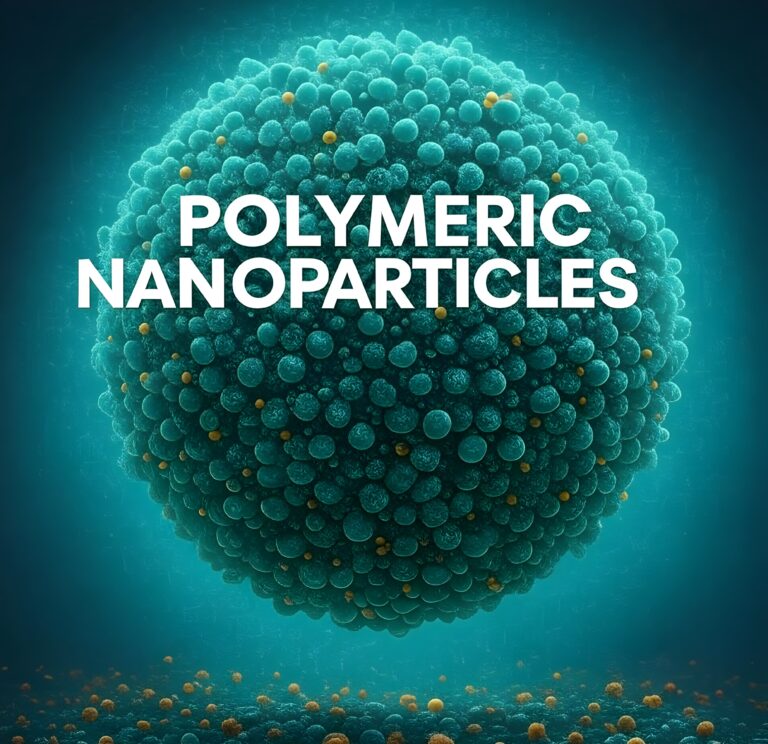

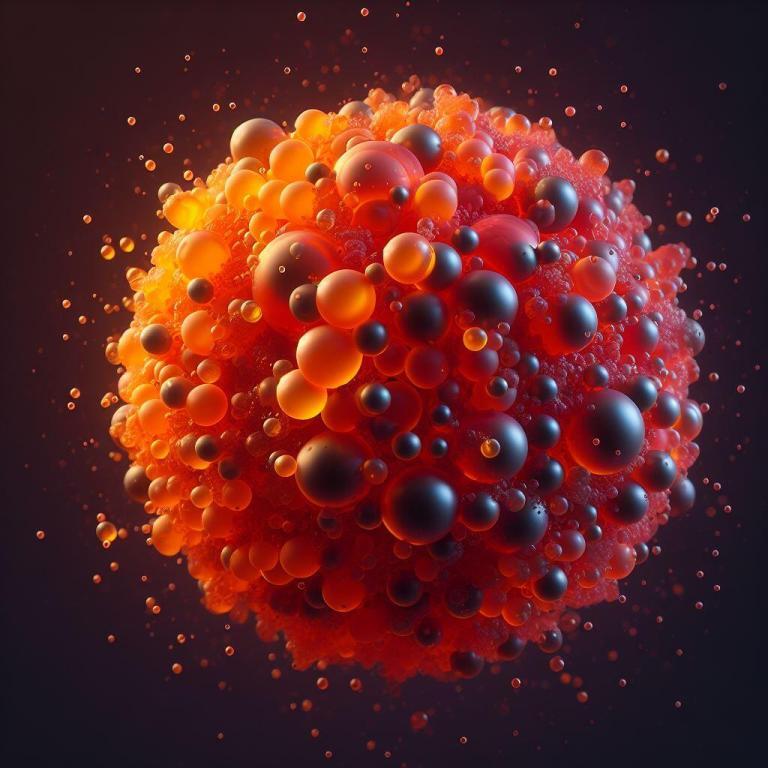

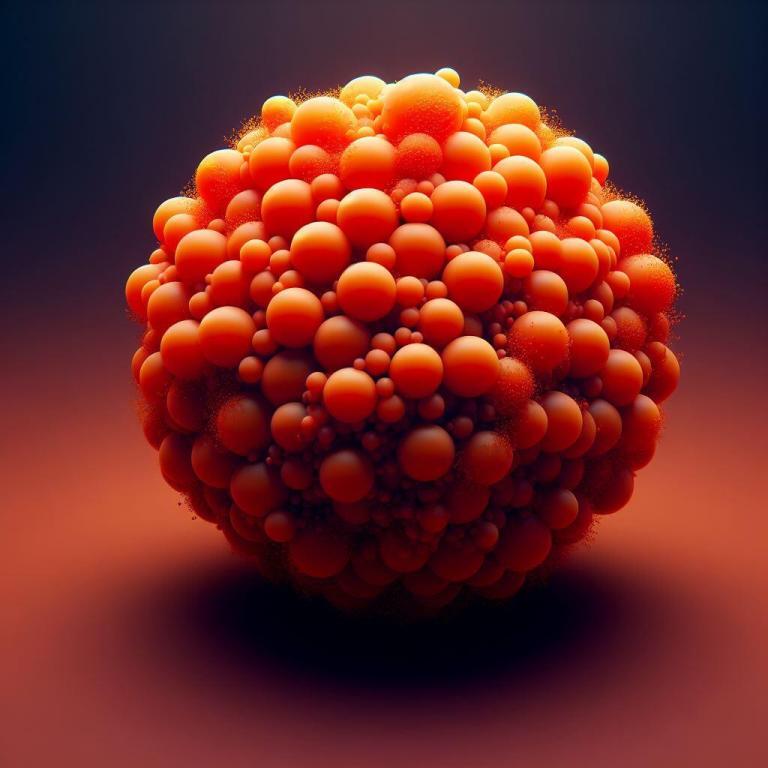

FAQs
Here are some frequently asked questions about Nanotechnology
Nanoparticles are particles that have at least one dimension in the nanometer scale (1-100 nm). They can be made from a variety of materials, including metals, ceramics, and polymers.
Hycon uses nanoparticles as carriers for drug delivery to enhance the bioavailability of poorly water-soluble drugs, target specific cells or tissues, and control the release of the drug. The drug can be encapsulated within the nanoparticle, adsorbed on the surface, or chemically attached.
Hycon uses a variety of materials to make nanoparticles, including biodegradable polymers, lipids, and inorganic materials. The choice of material depends on the properties of the drug, the desired release profile, and the target site in the body.
When formulating a nanoparticle drug delivery system, Hycon considers factors such as the physicochemical properties of the drug, the compatibility of the drug with the nanoparticle material, the size and shape of the nanoparticles, and the stability of the formulation.
Hycon ensures the stability of nanoparticle formulations through rigorous testing and quality control measures. This can include stability studies under various conditions, as well as testing for physical and chemical stability. They also use appropriate packaging to protect the formulation from degradation.
The manufacturing processes for nanoparticles at Hycon can include steps such as nanoprecipitation, emulsion, or milling. These processes are carried out under strict quality control to ensure the consistency and quality of the product.
Hycon uses a variety of analytical methods to test the quality of nanoparticles. These can include methods to measure the size and distribution of the nanoparticles, the encapsulation efficiency of the drug, the stability of the formulation, and the release profile of the drug.
Hycon has extensive experience in the scale-up and tech transfer of nanoparticle formulations. They use a systematic approach that includes process optimization, pilot-scale manufacturing, and validation batches. They also work closely with their clients to ensure a smooth tech transfer process.
Regulatory considerations for nanoparticle drug delivery systems at Hycon include ensuring compliance with current Good Manufacturing Practices (cGMP), conducting appropriate preclinical and clinical studies to demonstrate the safety and efficacy of the formulation, and preparing regulatory submissions.
Hycon provides comprehensive support in the development and manufacturing of nanoparticle drug delivery systems. This includes formulation development, analytical method development, stability studies, scale-up, tech transfer, and regulatory support. They work closely with their clients to ensure the successful development and commercialization of their products.



